JoeV
Thin Air, Bright Sun
Today I explored the foothills hiking trails along the west face of the Sandia Mtns, on the eastern edge of Albuquerque, using my G1 and a red #25 filter on the 14-45 lens.
All images at 14mm f.l., ISO 400, dynamic B/W mode, Aperture priority mode.
I noticed while using the red filter that the initial images I captured were all underexposed, even though I was at 0EV compensation. I attribute this to the effects of the red filter. I ended up adding +3 EV to most of these images.
"S" curve and brightness/contrast adjustments added in PS.
~Joe
PS: The last image's foreground was under the shadow of a cloud.
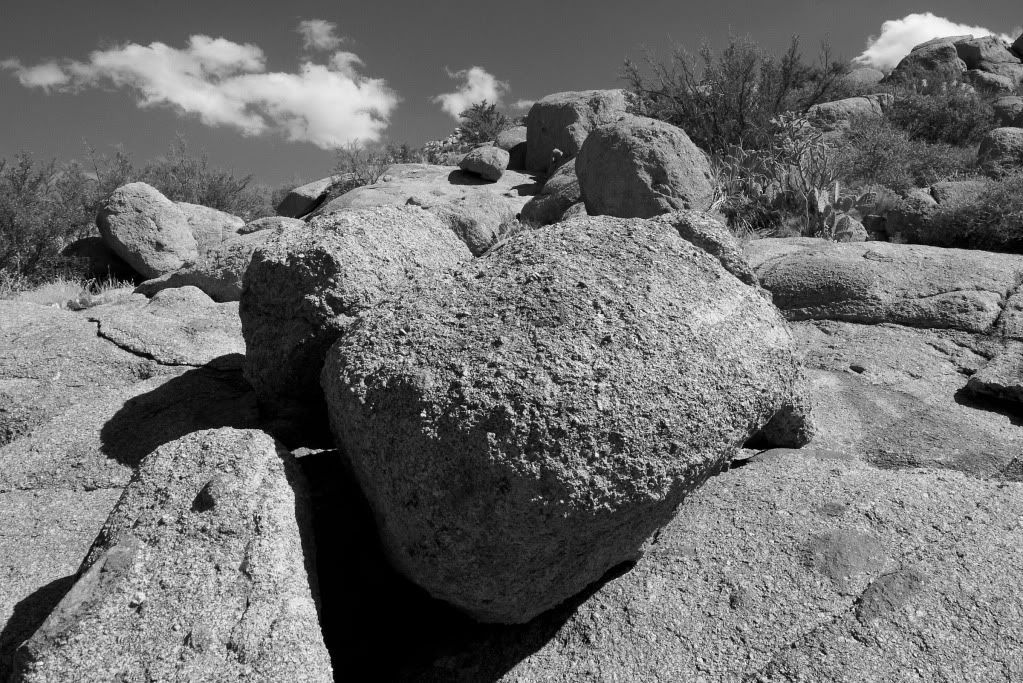
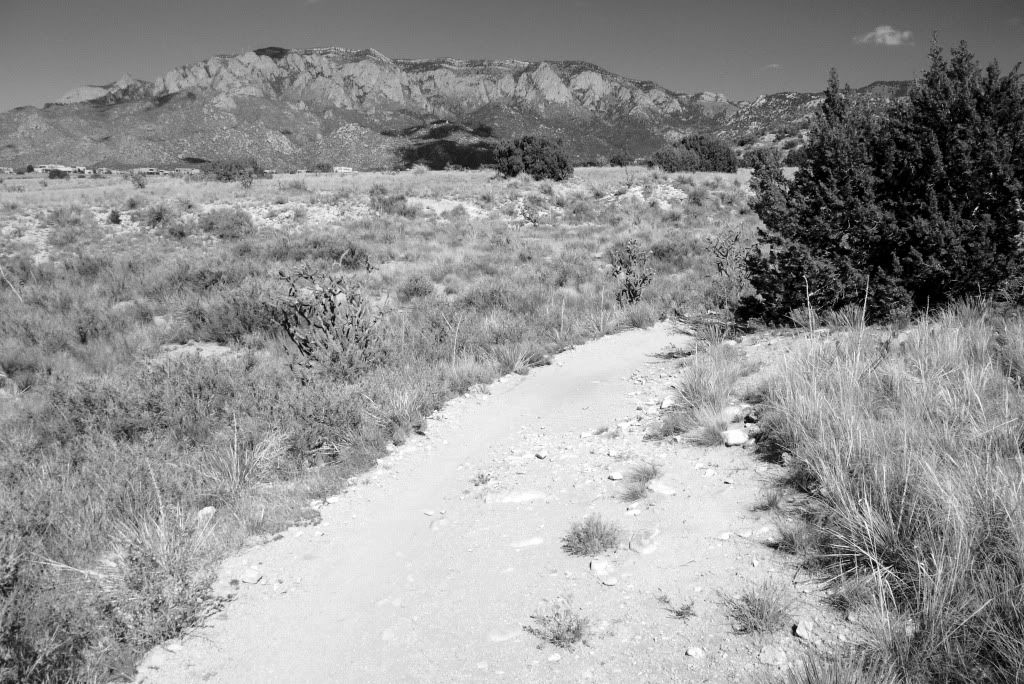
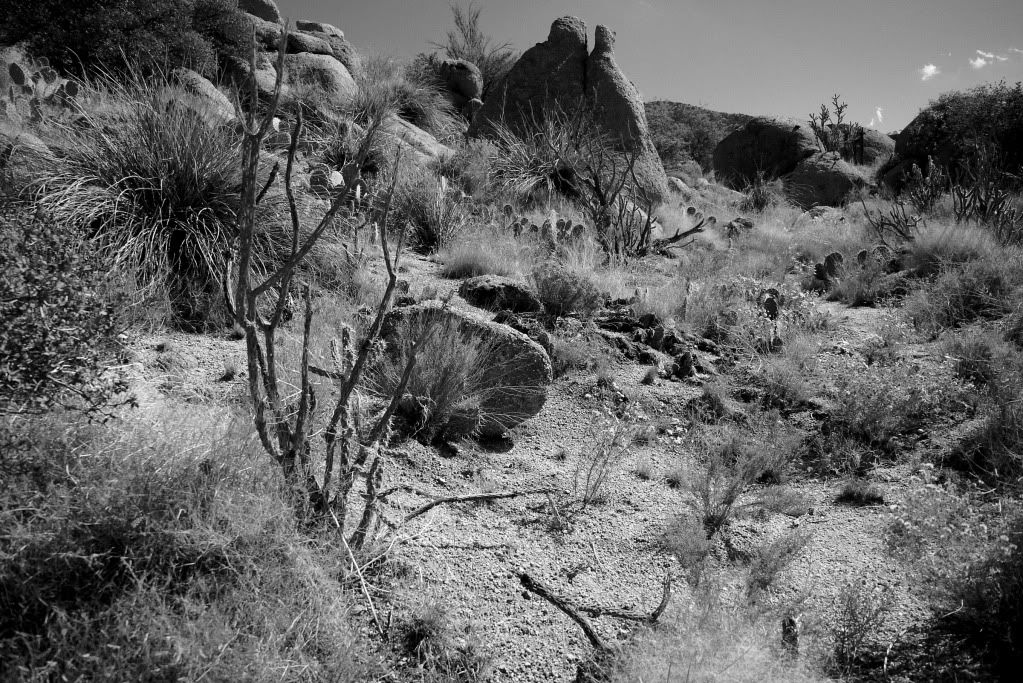
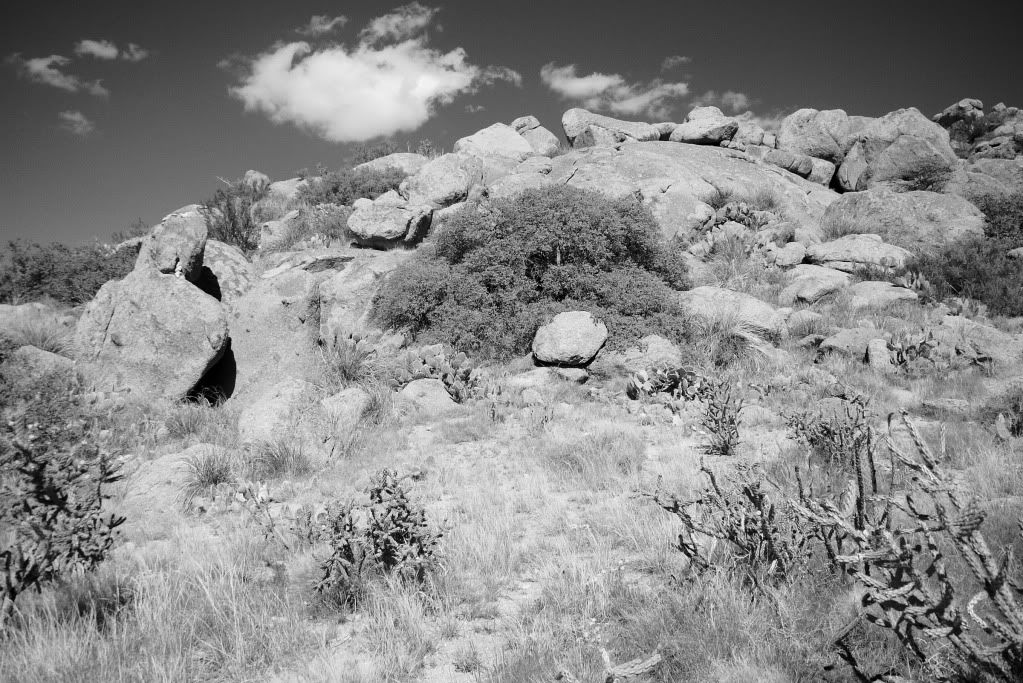
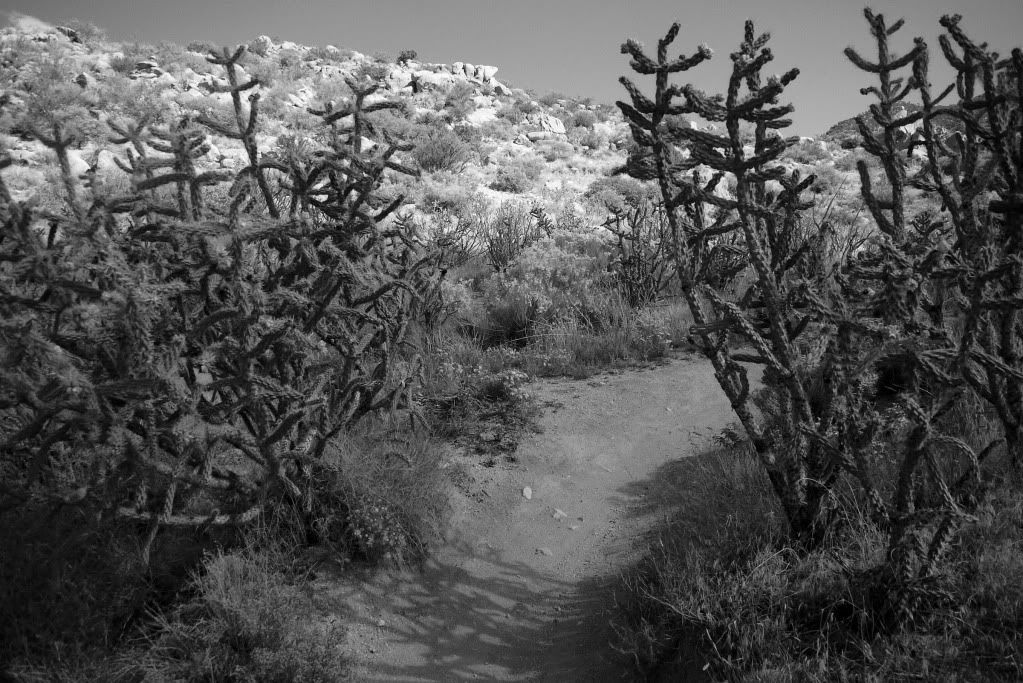
All images at 14mm f.l., ISO 400, dynamic B/W mode, Aperture priority mode.
I noticed while using the red filter that the initial images I captured were all underexposed, even though I was at 0EV compensation. I attribute this to the effects of the red filter. I ended up adding +3 EV to most of these images.
"S" curve and brightness/contrast adjustments added in PS.
~Joe
PS: The last image's foreground was under the shadow of a cloud.





Last edited:

